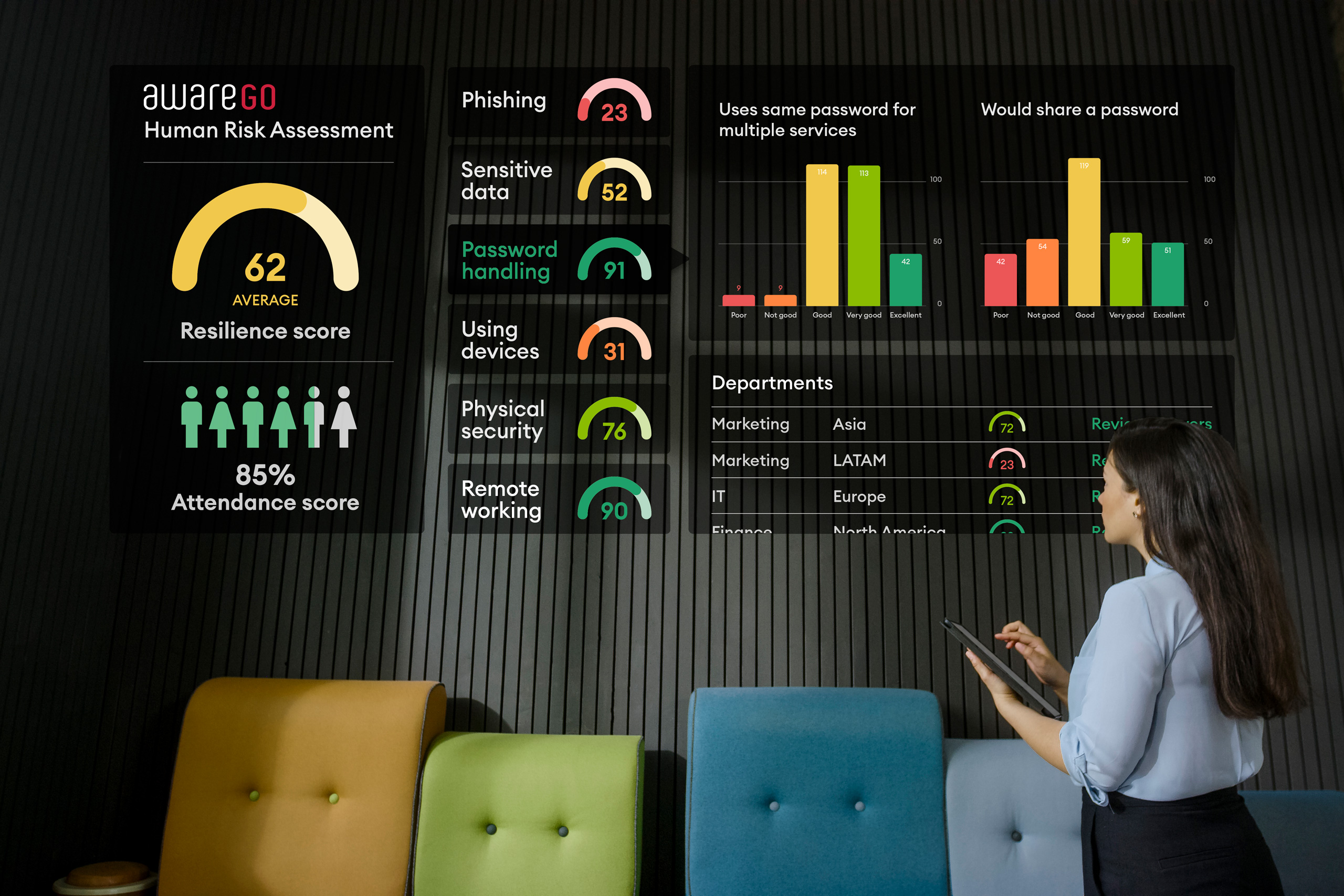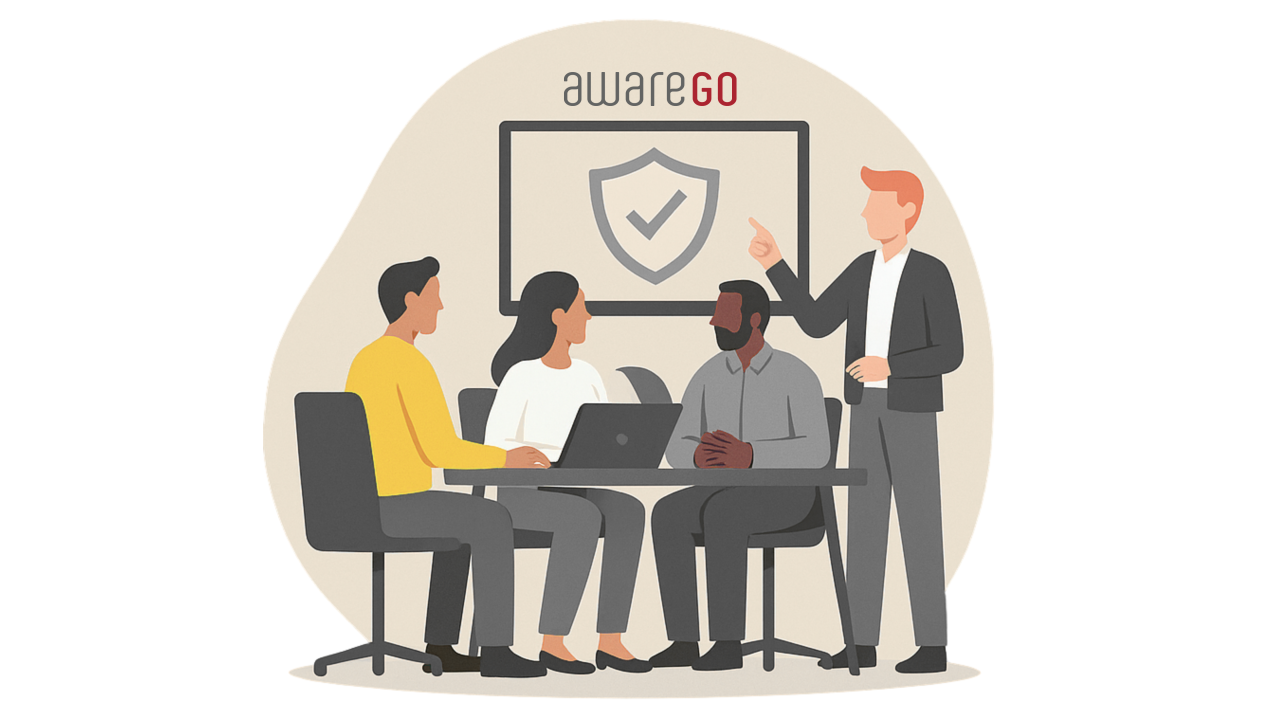AwareGO just released a new cybersecurity awareness video that covers the need for multi factor authentication.
Since the dawn of the internet and online accounts, hackers have been trying to find ways to get to people’s passwords. They’ll use multiple ways, from phishing or spear phishing to keylogging or hacking into big databases that store multiple passwords. Hackers also know that many people use the same password for everything. If they get your password for one account, they’ll try it everywhere to see if they’ll get lucky.
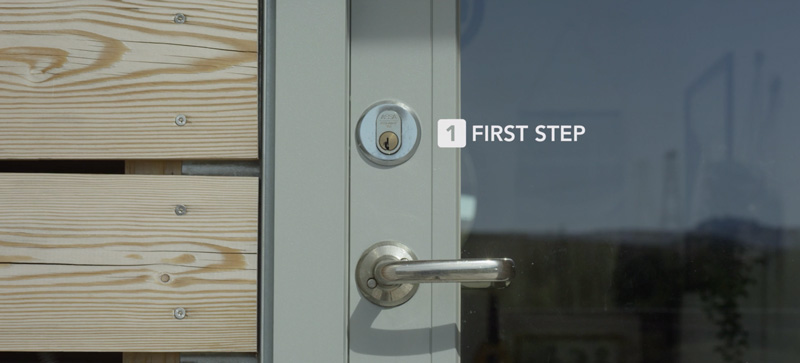
Why Use Multi-Factor Authentication?
Here’s where multi-factor authentication comes to the rescue. Passwords can be easily stolen, but we usually keep our phones, fingerprints, and retinas with us. We know certain accounts, like bank accounts and emails, need more protection than others. Hacking into your magazine subscription might not cause a lot of damage, but your bank or invoicing system is another story.
When you add an extra layer of security around certain accounts, it makes them that much harder to breach. It’s the difference between merely closing your front door and locking it. Accounts that utilize multi-factor authentication are still locked even if hackers get your password.
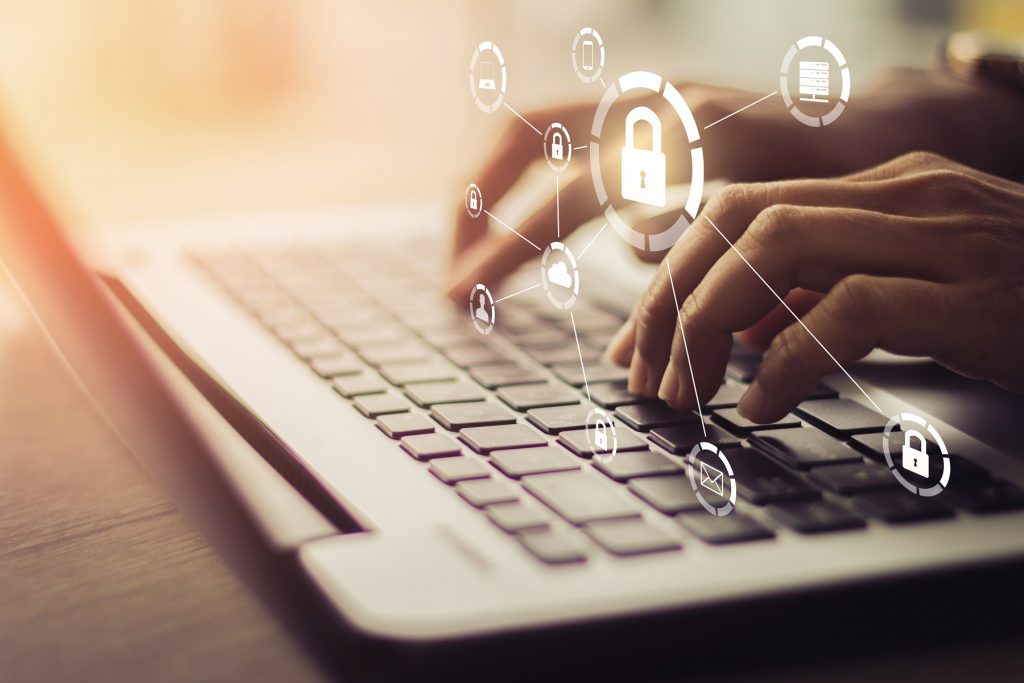
Keeping It Safe
Multi-factor authentication is easy to set up on your phone. You can use fingerprints, automatically generated pin codes or retina scans to verify your sign-in. Most systems and accounts offer some multi-factor verification process. Enable this possibility whenever possible for sensitive accounts.
Multi-factor authentication is based on something you know (like a password), something you have (like a mobile phone), and/or something you are (like your fingerprints or retinas). The more steps you use to secure sensitive information and accounts, the more complex they’ll be to breach. Also, practice good password handling, creating strong passwords consisting of upper and lower case letters and numbers that aren’t easily guessed.
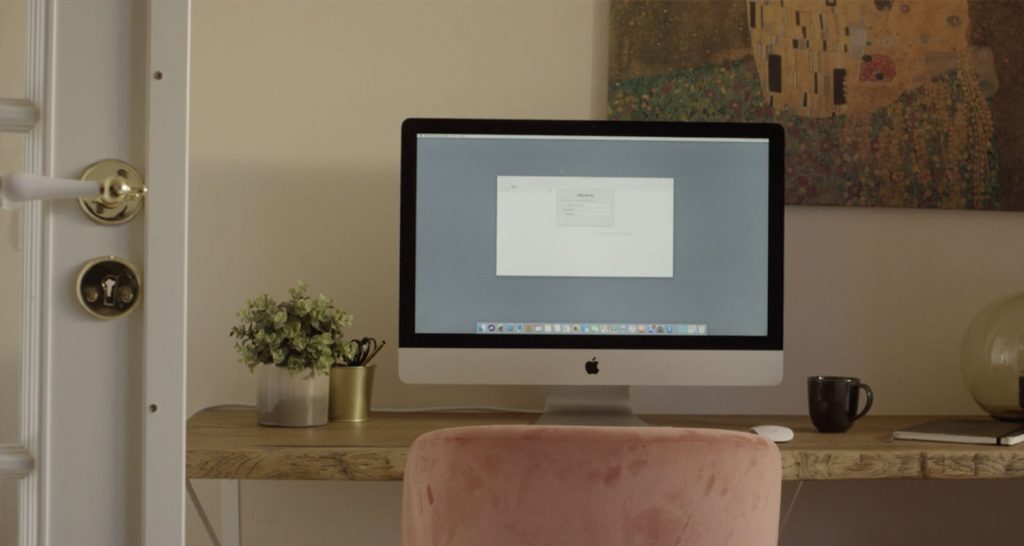
Watch Our New Cybersecurity Awareness Video
Make good passwords, regular password changes, and multi-factor authentication a part of your company’s security culture. Put strong password policies in place and make sure everyone follows them.
Take your security awareness training to the next level. Check out AwareGO‘s new cybersecurity awareness video and training software.

